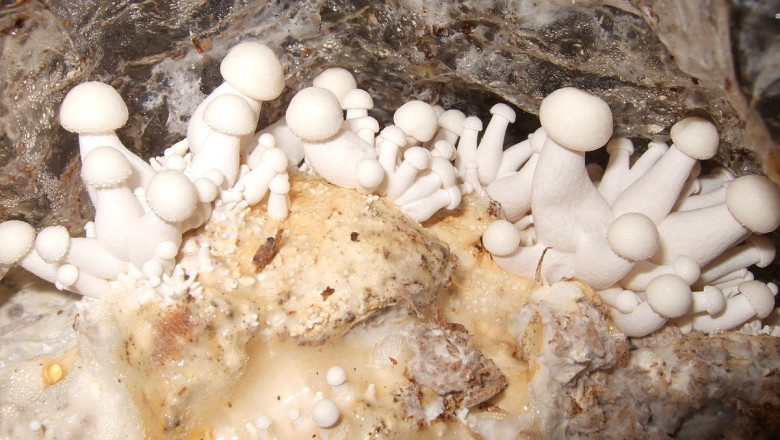views
The mycelium market, a subset of the rapidly evolving sustainable materials industry, has been gaining attention for its transformative potential across diverse sectors, from packaging to construction, textiles, and even food products. Mycelium, the root structure of fungi, offers eco-friendly and biodegradable alternatives to conventional materials like plastic, leather, and polystyrene. However, penetrating this market requires innovative strategies to overcome challenges such as competition, scalability, and consumer awareness. Below, we delve into effective strategies for mycelium market penetration.
Understanding the Market Landscape
Before crafting penetration strategies, it’s vital to assess the market landscape. The mycelium market is growing, driven by environmental concerns, government regulations promoting sustainability, and increasing consumer demand for eco-friendly products. A key challenge lies in educating consumers and industries about the advantages of mycelium-based solutions. Moreover, companies must compete with traditional materials that often benefit from lower production costs and established supply chains.
1. Identifying Key Segments
Focusing on specific, high-impact industries is a cornerstone for penetrating the mycelium market. For example:
- Packaging: Sustainable packaging is in high demand as businesses look to reduce their carbon footprint.
- Construction: Mycelium-based bricks and insulation materials are gaining traction for their durability and sustainability.
- Textiles and Leather: As consumers seek vegan and cruelty-free alternatives, mycelium-based leather has a growing market.
By targeting these sectors, mycelium businesses can secure early adoption and scale through focused outreach.
2. Strategic Partnerships
Collaborations with established businesses in complementary industries can significantly enhance market reach. For instance:
- Partnering with fashion brands to develop mycelium-based leather accessories.
- Collaborating with packaging giants to introduce eco-friendly alternatives for mainstream usage.
Such partnerships not only enhance credibility but also offer access to resources and distribution channels.
3. Technological Advancements for Scalability
Scaling production to meet demand while maintaining quality and cost-effectiveness is a critical challenge. Companies must invest in technology to streamline cultivation processes and reduce costs. Automation, advanced bioreactors, and AI-driven monitoring systems can optimize growth and ensure consistency.
4. Consumer Education and Marketing
Educating consumers and industries about the benefits of mycelium-based products is key to driving demand. Effective strategies include:
- Transparent marketing campaigns that highlight mycelium’s eco-friendly benefits, such as biodegradability and sustainability.
- Partnering with influencers and environmental activists to promote awareness.
- Leveraging certifications and eco-labels to build trust and credibility.
5. Leveraging Government and Institutional Support
Governments worldwide are offering incentives to promote green technologies. Mycelium businesses can benefit from these by applying for grants, subsidies, and tax breaks. Additionally, participating in research collaborations with universities or non-profits can bolster innovation and open up new applications.
6. Competitive Pricing
Cost competitiveness is crucial for widespread adoption. While mycelium products often have higher initial production costs, companies can explore ways to offset these, such as:
- Optimizing supply chains.
- Adopting modular production facilities closer to target markets.
- Encouraging bulk purchases with tiered pricing structures.
7. Building Sustainability Stories
Consumers increasingly value brands that prioritize sustainability and transparency. Companies should craft compelling narratives around their use of mycelium, sharing stories about their journey, challenges, and impact.
Conclusion
Penetrating the mycelium market requires a multi-faceted approach that combines technological innovation, strategic partnerships, education, and sustainability-driven narratives. With rising global demand for eco-friendly solutions, companies that strategically position themselves can not only capture significant market share but also play a pivotal role in shaping a more sustainable future.






















Comments
0 comment